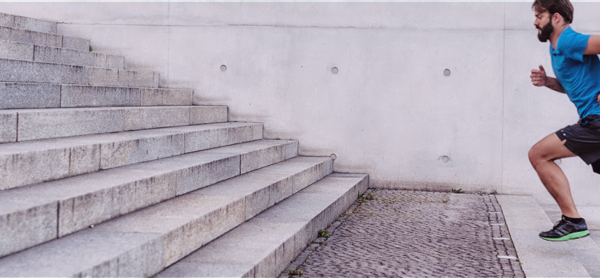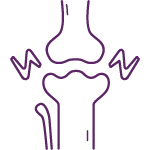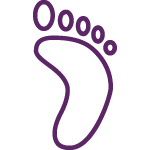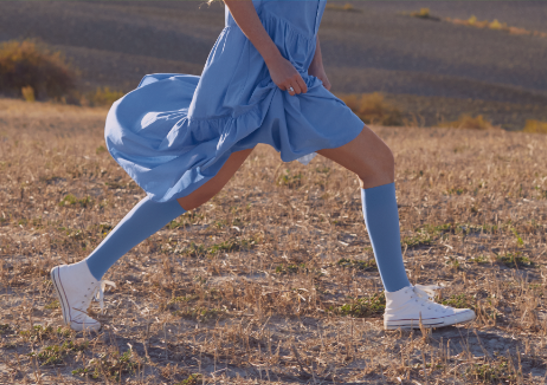If the stairs are your worst enemy and knee pain occurs with your day-to-day movement, it is best to try to find the cause.
The list of causes can be long because the knee is a complex joint. Pain can come from various parts of the knee (ligament, cartilage, meniscus, bone, etc.) for multiple reasons:
Whatever the reason, knee pain can prevent you from doing the activities you enjoy and interfere with a healthy lifestyle. The following is a list of common causes of pain.
Knee osteoarthritis is a condition that develops with age. Wear and tear of the joint cartilage and the resulting joint instability are what cause the pain. In the advanced stage, the bones rub directly against each other. Plantar orthotics and knee orthotics help slow the progression of osteoarthritis, reduce painful symptoms and improve knee stability. [Learn more…]
A sprain is a painful joint injury resulting from the stretching or tearing of a ligament. After applying ice and resting immediately following a sprain, it is best to find the right product to protect the joint, promote healing and prevent another injury. [Learn more…]
Genu valgum is a misalignment of the legs where the lower limbs are curved inward (knock knees). This condition predisposes you to knee osteoarthritis, which can eventually lead to pain. [Learn more…]
Genu varum knee is a deformation where the legs are arched, or curved outward. It is not necessarily painful but can develop into knee osteoarthritis, which can cause significant discomfort. [Learn more…]
Distension that allows the joint to hyperextend and causes the leg to curve backwards. This leads to pain and stiffness due to early soft tissue deterioration. [Learn more…]
Genu flexum is when, for various reasons, the knee does not extend fully, which can lead to lameness. It causes knee discomfort and stiffness. [Learn more…]
When the ligaments of the knee are too lax, they hold the joint less tightly. The resulting slippage increases the risk of injury and causes misalignment of the entire lower limb, from the hip to the ankle. This condition is also an aggravating factor for knee osteoarthritis. [Learn more…]
Patellofemoral syndrome is an irritation between the patella and the femur and/or patellar osteoarthritis. This is caused by overuse of a misaligned joint. Initially pain is felt after exercise, but the problem can get worse and become chronic. [Learn more…]











